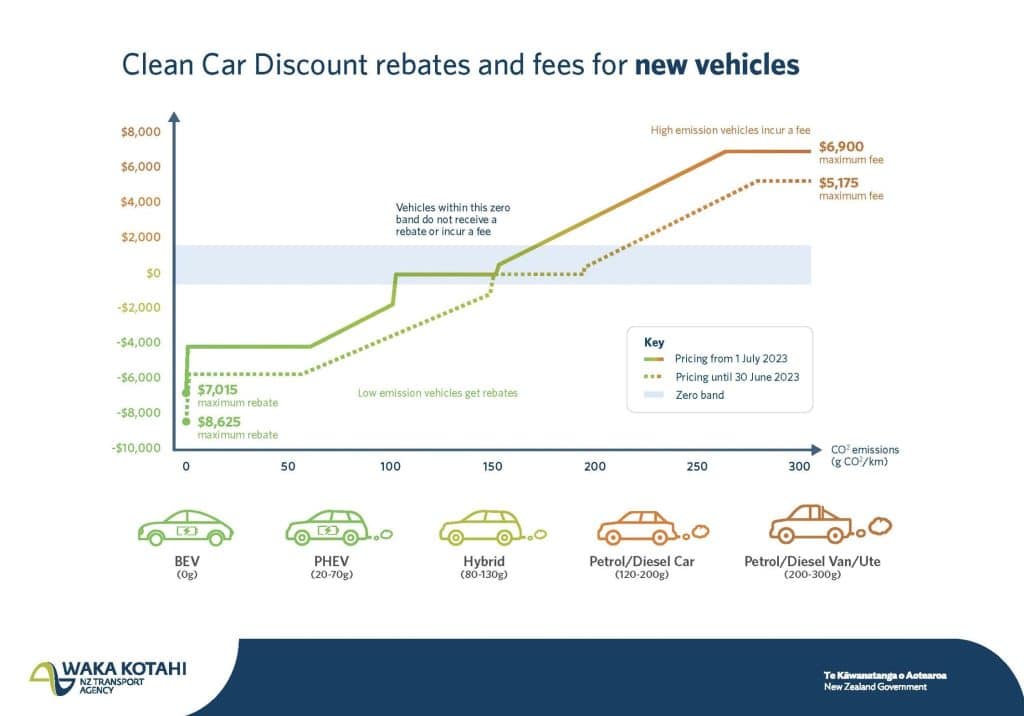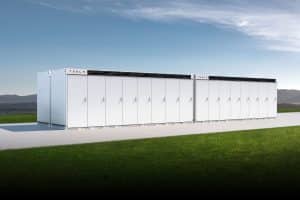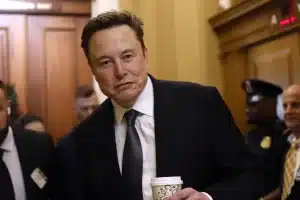Tesla doubled its revenue after New Zealand’s Clean Car policy introduced rebates to decarbonize its fleet. Tesla New Zealand’s revenue hints at the potential benefits of the United States Inflation Reduction Act (IRA).
According to the company’s financial records, Tesla New Zealand’s (NZ) revenue for the 2022 calendar year was $499.5 million (USD$303.3), double the company’s $230.7 million (USD$140.1) revenue in 2021. New Zealand’s acting Transport Minister Kieran McAnulty believes the government’s Clean Car policy helped Tesla’s revenues double.
“With over 100,000 rebates granted since the scheme came into effect in 2021, we have one of the fastest uptakes of EVs in the world,” McAnulty said.
Tesla New Zealand’s revenues in the past show an increase in EV adoption. Tesla NZ’s revenue in 2020 was $66 million (USD$40 million) and increased to $230.7 million (USD$ 140.1 million) in 2021. Tesla Giga Shanghai definitely factors into the company’s increased revenues in New Zealand and Australia between 2020 and 2021. However, the New Zealand government’s EV rebates might have aided Tesla’s leap from $230.7 million to $499.5 million between 2021 and 2022.

“The cost of EVs has reduced significantly over the past couple of years. Several popular models are now available for $50,000 to $60,000, whereas previously EVs tended to be closer to $80,000. Rebates for used-import EVs will rise from $3450 to $3507.50 – as the supply of used-import EVs remains restricted. The increased rebates will encourage suppliers to continue to focus on securing supply for New Zealanders,” McAnulty commented.
The New Zealand Herald analyzed data that revealed Tesla benefited significantly from Clean Car policy rebates. Since 2021 when the policy began, 9,730 Teslas were purchased for a total of $83 million (USD$ 50.4 million) rebates paid to the people who bought the electric vehicles (EVs).
New Zealand’s government plans to update its Clean Car policy this year. The update will reduce rebates offered for new zero-emission vehicles—described as electric vehicles by the government—from $8,625 (USD$5238) to $7,015 (USD$4,260). New Zealand also changed rebates offered for used imports and disability vehicles while applying charges for specific emissions. New Zealand’s Clean Car Policy changes will apply from July 1, 2023.
THE INFLATION REDUCTION ACT’S POTENTIAL IMPACT
New Zealand’s Clean Car Policy hints that people are willing to transition to electric vehicles for the right price. The Inflation Reduction Act (IRA) might yield the same results for Tesla and other EV manufacturers in the United States.
Elon Musk and the Tesla board seem well aware of the IRA’s potential impact on the electric vehicle and global auto market.
“The regulations here are still in flux and there continues to be updates, so this is just our best understanding at the moment. But we think on the order of $150 million to $250 million per quarter this year and growing over the course of the year as our volumes grow,” said Tesla’s Chief Financial Officer Zachary Kirkhorn at the Q4 2022 earnings call.
The IRA doesn’t just affect local automakers and their suppliers either. Companies worldwide involved in EV manufacturing or its supply chain have started investing in the United States to reap the benefits of the IRA. For instance, South Korean battery supplier LG Energy Solutions (LGES) has partnered with a few automakers to build cell manufacturing plants in the United States. LGES has battery plant agreements with Hyundai, Honda, and Ford. Tesla is prepared to take advantage of the IRA’s incentives as well.
“And part of the work we’re doing here, which is part of what this incentive package is trying to incentivize, is, as Elon mentioned, to move more manufacturing onshore in the United States, which is Tesla’s plans anyways. And so, I think we’re pretty well positioned over the coming years to take advantage of this.
“But then also part of what the goal of this incentive package is, is to improve adoption from our customers. And so, we also want to use these incentives to improve affordability as we think about what the price points are in our products going forward,” stated Kirkhorn.





